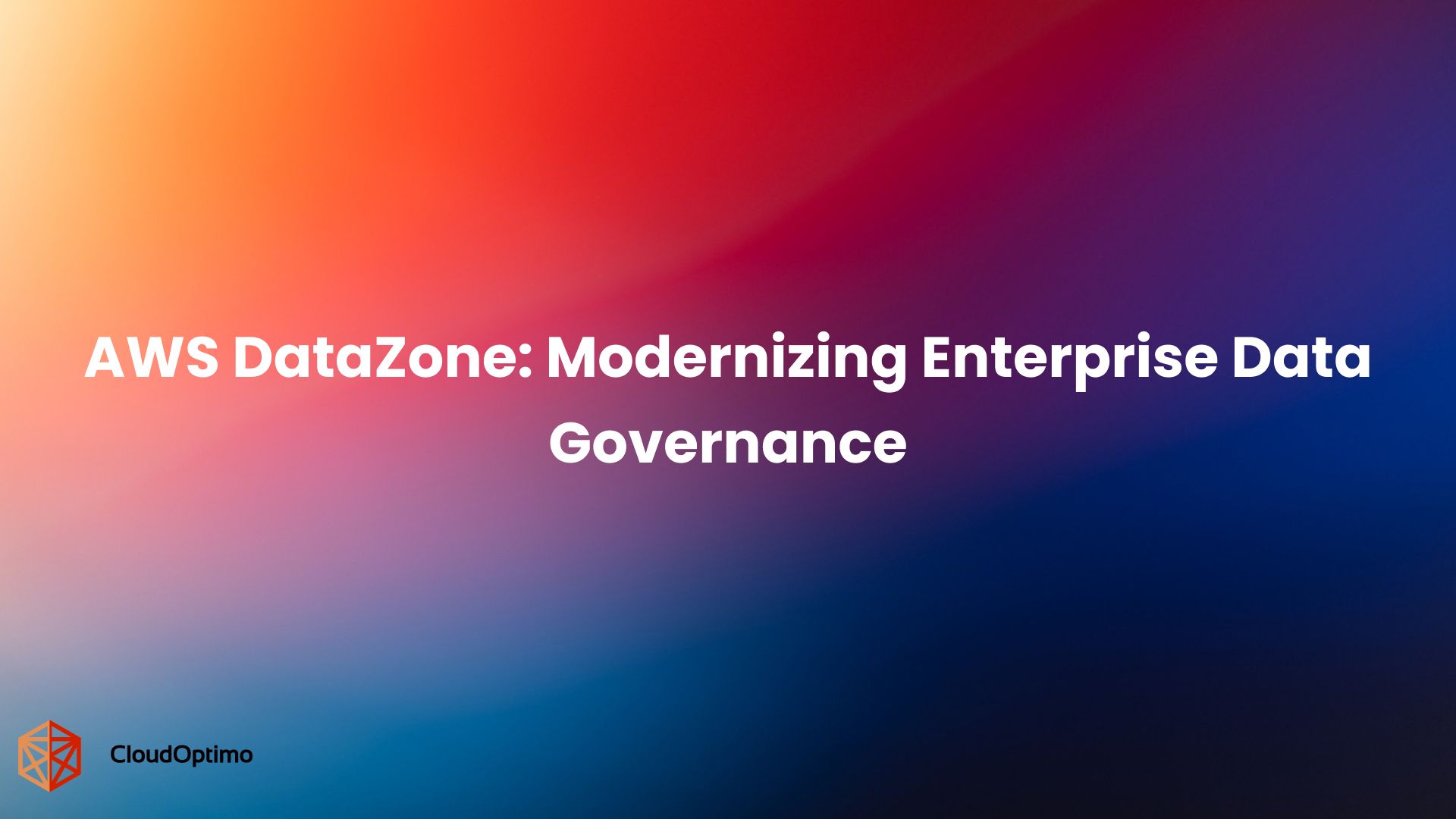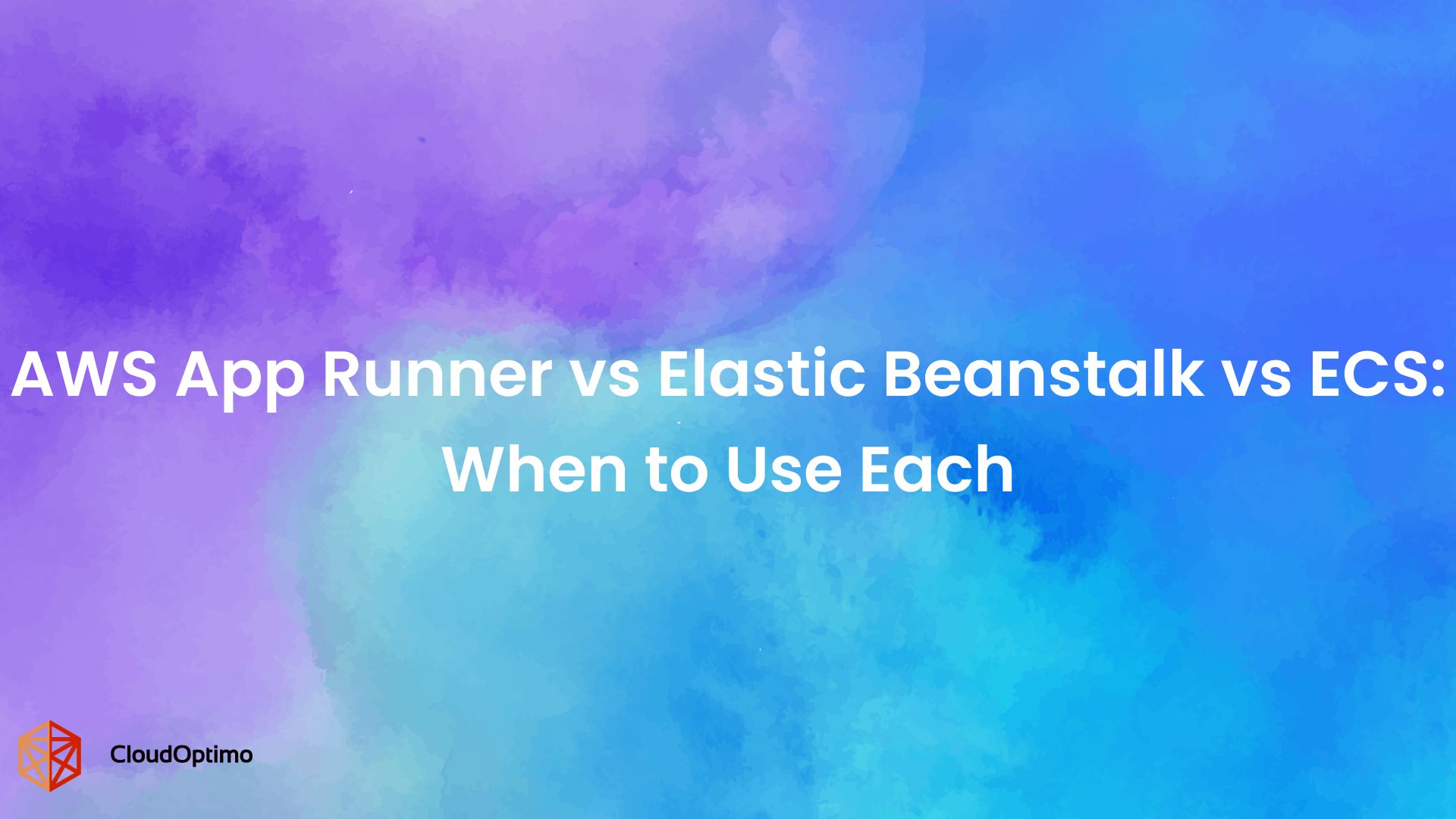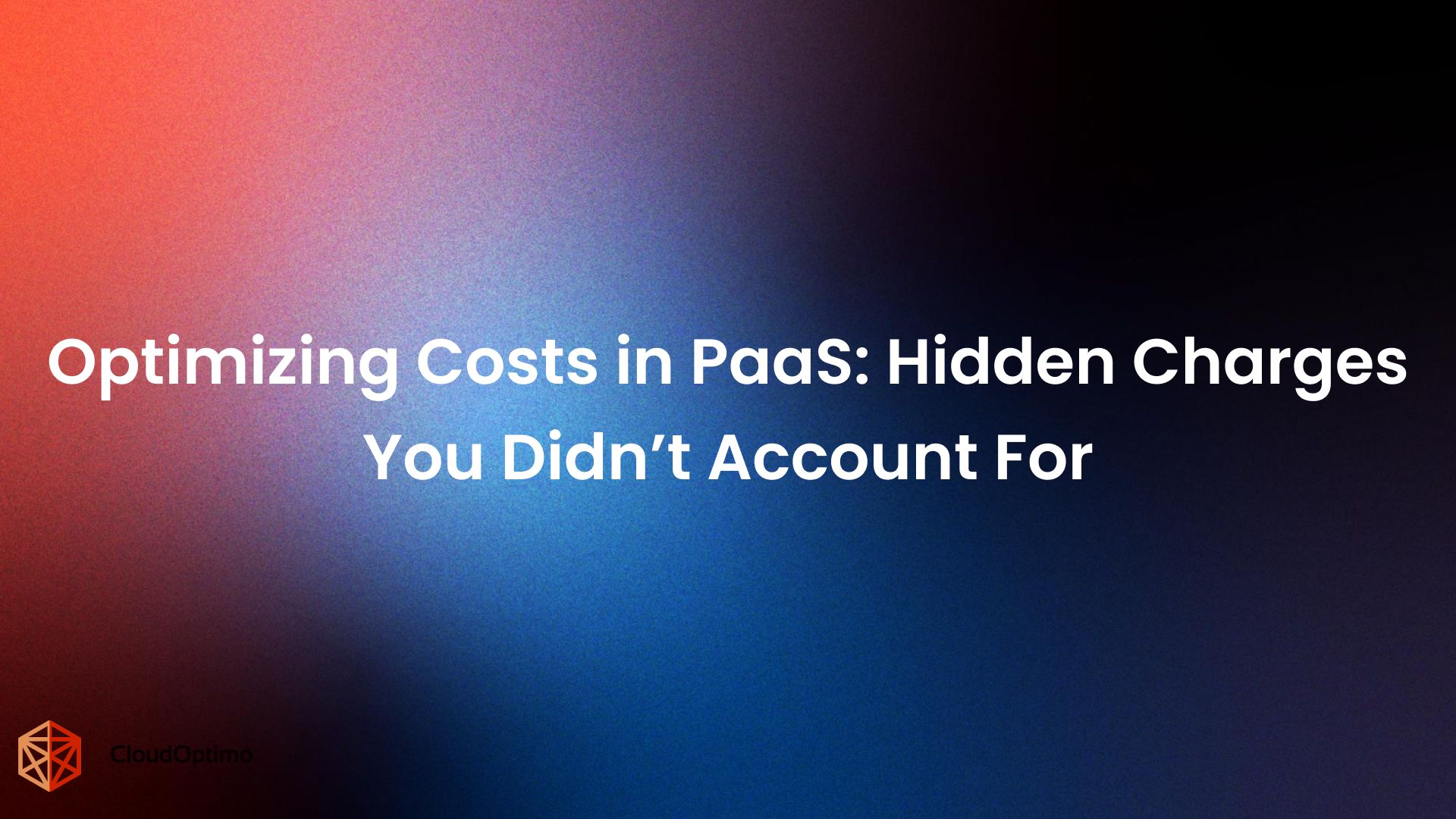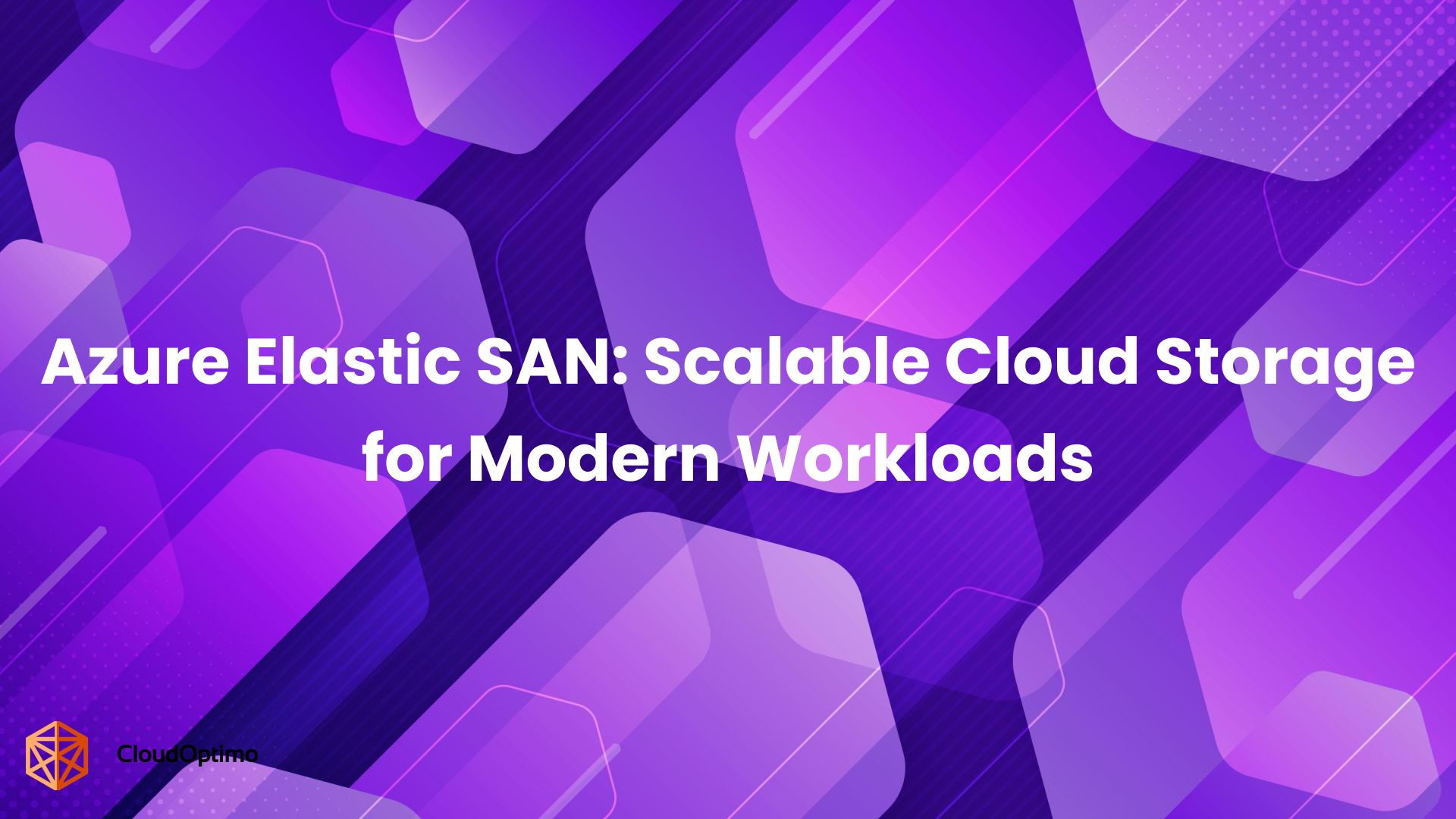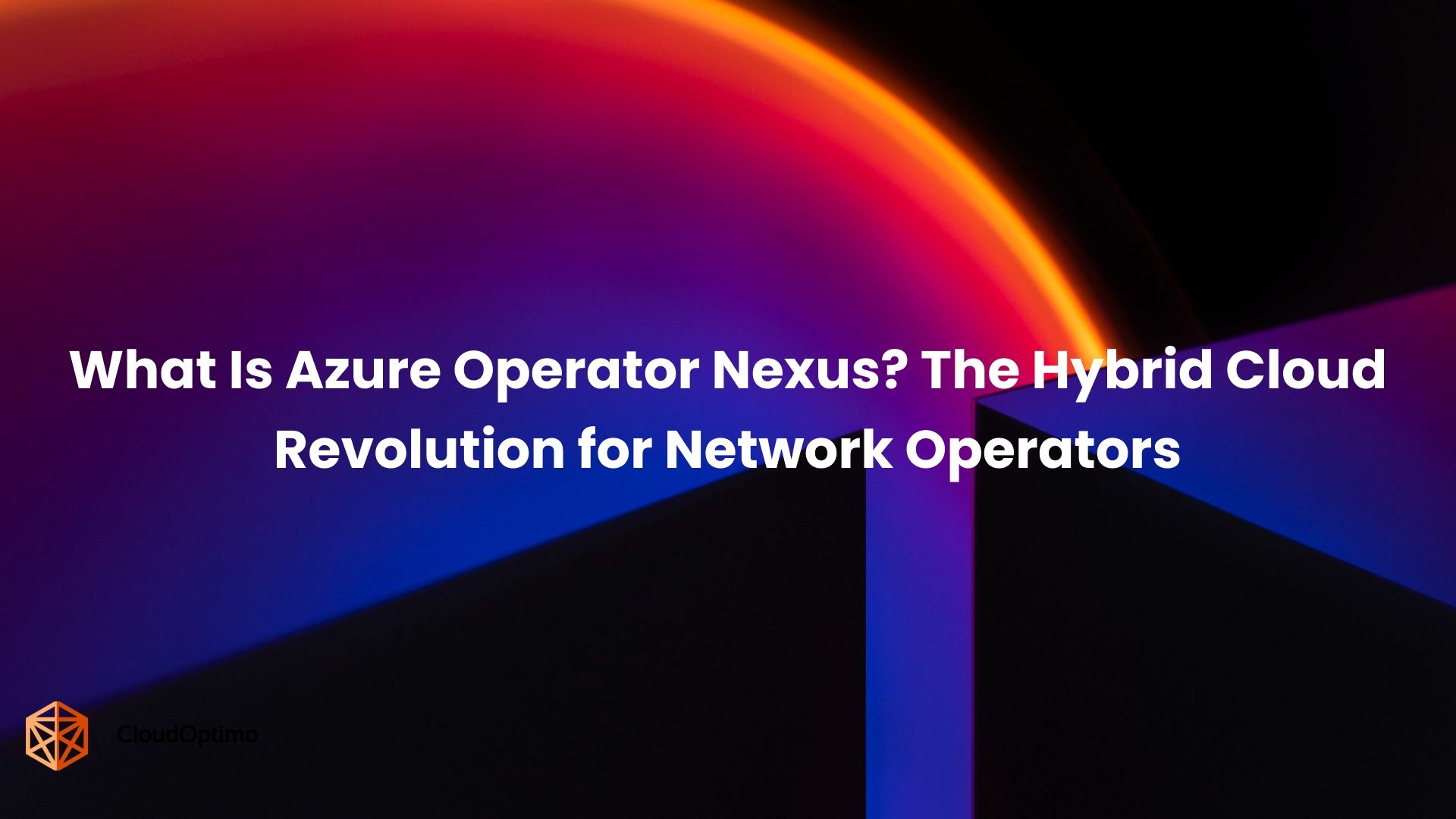Understanding the Risk of Cost Optimization Myths
Cost optimization is essential for improving efficiency and controlling unnecessary spending, especially in cloud-based and fast-moving environments. However, it is often misunderstood due to a set of common but misleading beliefs. These myths influence decisions across engineering, finance, and leadership, and if left unchallenged, they can lead to poor trade-offs, hidden costs, and reduced long-term value.
This blog explores some of the most widespread cost optimization myths, why they persist, and how to approach them with better data and collaboration.
Why Cost Optimization Is Commonly Misunderstood?
The primary reason cost optimization is frequently misapplied is that it is often viewed as a task for a single function, typically assigned to finance or purchasing. In practice, most cost-related outcomes are shaped by decisions made in engineering, architecture, and product planning.
In many organizations, cost data is not consistently shared across teams. Business units may not fully understand how infrastructure choices affect budgets. Technical teams may lack visibility into how their actions translate into financial impact. This lack of alignment results in incomplete analysis and reactive decisions.
Another issue is the absence of routine evaluation. Without regular review processes, organizations tend to focus on short-term reductions during periods of financial pressure. This approach overlooks inefficient patterns that develop over time and leads to missed opportunities for long-term improvement.
To address these challenges, cost optimization must be treated as a continuous process that involves engineering, product, finance, and operations, not as an occasional task or isolated initiative.
Myth 1: Reserved Instances Always Save You Money
Reserved Instances (RIs) sound like an easy win: commit to a service for a longer period and get a discounted rate. On paper, it's a cost-saving strategy. But in reality, these savings only happen if your usage matches the commitment.
Many teams overestimate their needs or forget to monitor how workloads change. If your demand drops or shifts, you're stuck paying for unused capacity, which can end up being more expensive than pay-as-you-go pricing. When teams believe this myth, organizations often waste 15-25% of their Reserved Instance investments on unused capacity.
For example, a team might reserve compute resources for a project that gets delayed or scaled down. The savings quickly disappear, and the business ends up paying for something it no longer uses. It's frustrating when what seemed like smart planning becomes a financial burden.
Instead of defaulting to RIs:
- Review actual usage patterns before committing
- Consider flexible options like Savings Plans
- Use automation tools to adjust commitments based on real-time needs
Reserving resources can help, but only when aligned with how your workloads truly behave. Sound familiar? You're not alone in this misconception.
Myth 2: Auto-Scaling Solves Overprovisioning
Speaking of automation assumptions, another myth that seems logical but backfires is believing auto-scaling automatically fixes resource waste. Auto-scaling is often seen as the fix for wasted resources, just scale up when needed and down when demand drops. While it helps, it's not a cure-all for overprovisioning.
The truth is, many teams configure high minimums or never fine-tune their scaling settings. Others auto-scale inefficient workloads that remain expensive regardless of scale. Without optimization, you're just automating waste. Organizations relying solely on auto-scaling without proper configuration typically see only 10-15% cost reduction instead of the expected 40-50%.
For instance, one team had auto-scaling set up, but their base capacity was so high that instances never scaled down, leading to consistently inflated bills. When developers don't understand the cost impact of their scaling configurations, monthly expenses can double without anyone realizing it until the next billing cycle.
To avoid this:
- Combine auto-scaling with right-sizing and workload tuning
- Regularly review thresholds and instance types
- Profile performance to understand true resource needs
Note - Tools like CloudOptimo’s OptimoSizing provide precise rightsizing recommendations based on actual resource usage. While this tool doesn't automatically rightsize cloud resources, it provides highly actionable insights, allowing you to optimally size your resources and improve cost efficiency without risking under- or over-provisioning.
Auto-scaling is powerful, but only when it's paired with smart configuration and continuous review.
Myth 3: “All Cost Optimization Is a FinOps Job”
Building on the theme of shared responsibility, the next costly assumption is that cost optimization belongs solely to the finance team. It's easy to assume that cost optimization belongs solely to the finance or FinOps team. After all, they manage budgets, approve spending, and track reports. But in reality, most of the decisions that impact cloud and operational costs happen outside of finance.
Engineers choose instance types and architectures. Product managers prioritize features that consume resources. Operations teams control deployment patterns and usage. These day-to-day choices directly affect how much your organization spends. When teams don't share cost ownership, a developer's quick instance choice can double monthly costs without finance knowing until the next bill cycle.
For example, a developer choosing a large instance type without reviewing usage patterns can quietly double monthly costs, without finance knowing until it's too late. Multiply that across teams and services, and you quickly have a problem no finance report can fix on its own. It's frustrating when cost surprises appear weeks after the decisions that caused them.
Treating cost as a finance-only concern often leads to missed savings, late interventions, or poor design decisions that become expensive over time. Companies that operate this way typically waste 20-30% more on cloud costs than those with shared cost responsibility.
To do this well:
- Give non-finance teams visibility into spending
- Add cost awareness to the planning, testing, and review stages
- Encourage a culture where everyone understands the impact of their choices
Cost decisions aren't just financial — they're technical, operational, and strategic. When teams share ownership, they make better decisions earlier and avoid waste before it happens.
Myth 4: “Unused Resources Are the Only Problem”
Following the pattern of hidden waste, another dangerous assumption is focusing only on obvious inefficiencies. Cleaning up idle resources like unattached volumes or unused VMs is a great first step. But thinking that's the only source of waste is a common mistake.
The real leak often comes from active but inefficient usage. Overbuilt architectures, redundant data storage, constant data transfers between regions, or applications that make too many unnecessary requests can silently drive up costs without triggering any alerts. Organizations that focus only on unused resources typically address less than 40% of their actual waste.
For example, one team was careful about cleaning up unused assets but overlooked their logging setup that was moving massive amounts of data between regions every month. This oversight cost them $15,000 monthly more than all their unused resources combined. You might be surprised how much active inefficiency costs compared to idle resources.
Beyond unused resources, make sure to:
- Review architecture decisions with cost in mind
- Tune logging and data copying to match actual needs
- Monitor data transfer and storage behaviors
It's not just what you're not using, it's also how you're using what you are.
Note - Solutions like CloudOptimo’s CostSaver can assist by effectively identifying idle, unused, or misconfigured cloud resources, providing insights that help target these assets for optimization and improved performance.
Myth 5: “Free Tiers Mean Free Services”
The final myth involves misunderstanding service pricing models. Cloud providers often advertise free tiers for popular services, and while they are useful for testing or getting started, they're not truly "free" in the long run.
Most free tiers come with usage limits. Once you cross those thresholds, whether it's storage, API calls, or bandwidth, charges start adding up, often silently. Teams may assume they're still operating within the free zone, only to find surprise charges later. Small overages can result in bills that are 300-500% higher than expected.
For instance, a small internal tool that sent regular API requests exceeded the free quota after launch. The team didn't realize it until they saw a $800 spike in their monthly bill for what they thought was a "free" service. It's frustrating when free services become expensive without warning.
To stay ahead of this:
- Set up budget alerts and usage monitors
- Tag and review trial or low-tier resources regularly
- Track when projects scale beyond free limits
Free tiers are great for getting started, but don't treat them as unlimited or permanent.
Real-World Impact
These myths don't just create theoretical problems - they have real consequences that affect businesses across industries. Here are examples of how these misconceptions translate into actual losses:
A software company believed their auto-scaling was optimized, but their minimum thresholds were set too high. Despite having scaling in place, their infrastructure costs remained constant even during low-demand periods. After reviewing their configuration, they discovered they were paying for 40% more capacity than needed during off-peak hours.
A service-based business assumed its cost optimization was purely a finance responsibility. Their development team chose powerful instance types for convenience without considering cost implications. By the time finance noticed the pattern, monthly cloud expenses had increased by 60% over six months, all from seemingly small daily decisions.
These situations illustrate how myths can lead to cumulative effects. One wrong assumption leads to decisions that multiply waste over time, often without anyone realizing the full impact until it's significant.
Warning Signs: Is Your Organization Affected?
You can identify whether these myths are affecting your organization by looking for these patterns:
Financial Patterns:
- Cost reviews happen only during budget planning or when bills spike unexpectedly
- Monthly cloud or operational expenses show steady increases without corresponding business growth
- Teams make technology decisions without access to cost impact data
Operational Patterns:
- Different departments work independently on cost-related decisions
- Resource provisioning decisions are made quickly without usage analysis
- "Set it and forget it" mentality toward automated cost-saving tools
Communication Patterns:
- Finance teams discover cost issues after they've already grown large
- Technical teams aren't aware of the financial impact of their architectural choices
- Cost discussions happen reactively rather than as part of regular planning
Recognizing these signs early helps prevent small inefficiencies from becoming major budget drains. The key is shifting from reactive cost management to proactive cost awareness.
Quick Self-Assessment: Which Myths Are Costing You?
Before moving forward, take a moment to identify which of these myths might be affecting your organization:
- Reserved Instances: Do you have unused reservations or commitments that don't match actual usage?
- Auto-Scaling: Are your scaling settings properly configured, or do you have high minimum thresholds?
- Cost Ownership: Do only finance teams have access to cost data and spending decisions?
- Hidden Waste: Are you monitoring only unused resources while ignoring inefficient active usage?
- Free Tier Assumptions: Do you have services that started free but may now be generating charges?
If you answered yes to any of these questions, you have immediate opportunities to reduce waste and improve cost efficiency.
Practical Approaches to Smarter Cost Management
Smart cost management is not just about reducing expenses — it's about making informed decisions that support business goals. This requires using data effectively, aligning spending with priorities, and encouraging ongoing evaluation.
Start by building a clear view of how resources are used. Reviewing actual usage data, cost trends, and service performance can help you identify areas of waste or inefficiency. This information supports better forecasting and helps avoid unnecessary commitments.
It’s also important to regularly check whether current spending matches business needs. Instead of applying across-the-board cuts, focus on adjusting costs based on value delivered. Services or projects that are no longer aligned with business outcomes should be reviewed or reallocated.
While one-time reviews can offer some insight, long-term results depend on continuous improvement. Setting clear financial goals, reviewing project outcomes, and sharing cost-related insights with other teams helps build a culture of accountability and awareness.
By using accurate data, reviewing spending regularly, and aligning decisions with business value, organizations can manage costs more effectively, without slowing down progress or performance.
Moving Forward: Practical Steps
Understanding these myths is just the beginning. The real value comes from taking action based on accurate data rather than assumptions.
Start by building a clear view of how resources are used. Reviewing actual usage data, cost trends, and service performance can help you identify areas of waste or inefficiency. This information supports better forecasting and helps avoid unnecessary commitments.
It's also important to regularly check whether current spending matches business needs. Instead of applying broad cuts, focus on adjusting costs based on value delivered. Services or projects that are no longer aligned with business outcomes should be reviewed or reallocated.
While one-time reviews can offer some insight, long-term results depend on continuous improvement. Setting clear financial goals, reviewing project outcomes, and sharing cost-related insights with other teams helps build a culture of accountability and awareness.
The key is connecting spending to clear results so every cost supports a business goal, giving teams access to useful and timely cost data so they can make informed choices, and making cost responsibility part of every team's role, not just finance.
To apply this approach:
- Review cost decisions regularly and compare them with actual usage and impact
- Share cost responsibility across departments for better awareness and faster action
- Include cost checks in project planning, system design, and vendor selection
Cost optimization is most effective when it's integrated into everyday processes. With clear data, shared responsibility, and regular review, organizations can improve efficiency, reduce waste, and support long-term financial stability.
Start by asking: Are we making cost decisions based on facts or myths?

